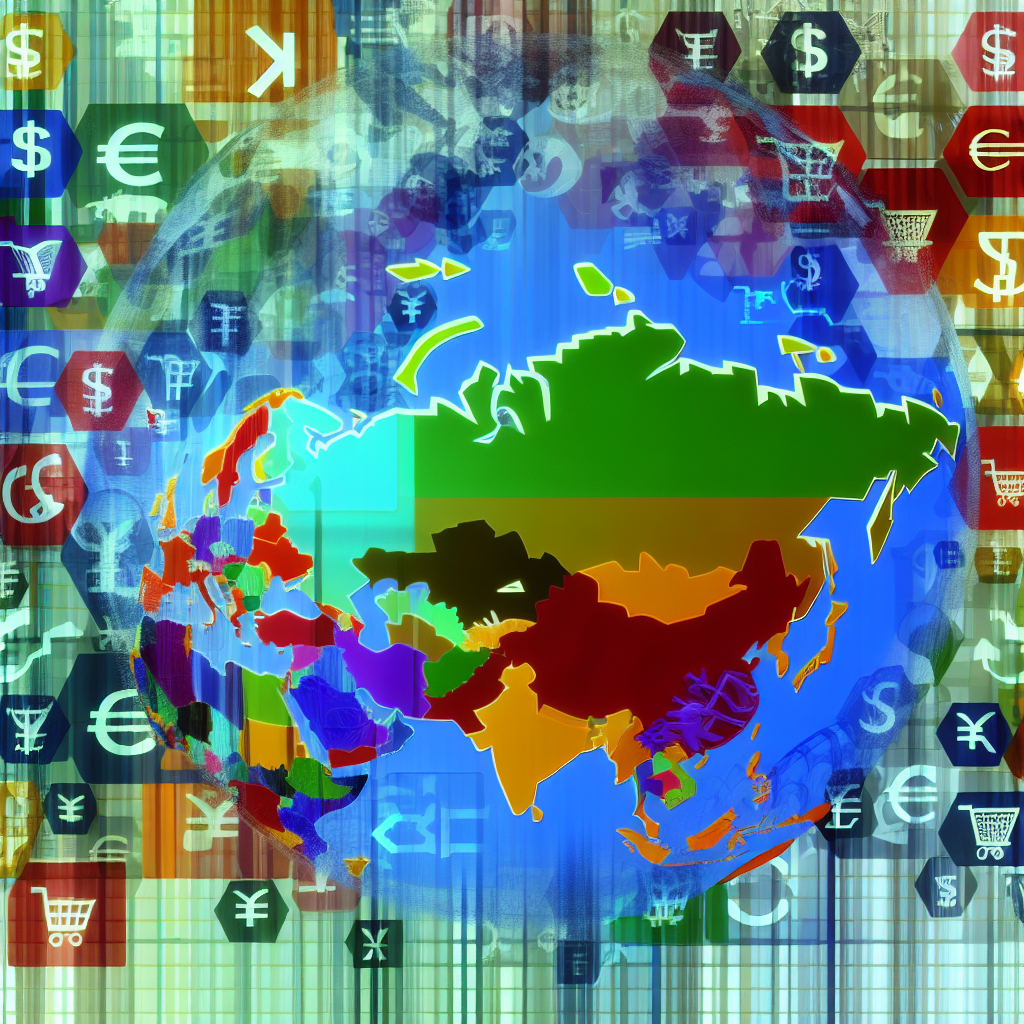Global Trade Tensions: Strategic Responses from Asian Economies

In recent years, global trade tensions have escalated, primarily driven by the trade war between the United States and China. These tensions have significant implications for economies worldwide, particularly in Asia, where many countries are deeply integrated into global supply chains. This article explores how Asian economies are strategically responding to these trade challenges, adapting their policies, and seeking new opportunities in a shifting landscape.
The Landscape of Global Trade Tensions
The trade war initiated in 2018 saw the U.S. imposing tariffs on a wide range of Chinese goods, prompting retaliatory measures from China. This conflict has not only affected bilateral trade but has also reverberated across the globe, impacting economies in Asia. Key factors contributing to the trade tensions include:
- Intellectual property theft allegations
- Trade imbalances
- National security concerns
- Technological competition
As a result, Asian economies are compelled to reassess their trade strategies and relationships to mitigate risks and seize new opportunities.
Strategic Responses from Asian Economies
Asian economies are employing various strategies to navigate the complexities of global trade tensions. These strategies can be categorized into three main approaches: diversification of trade partners, strengthening regional trade agreements, and enhancing domestic industries.
Diversification of Trade Partners
To reduce dependency on any single market, many Asian countries are actively seeking to diversify their trade relationships. For instance:
- Vietnam: The country has emerged as a significant beneficiary of the trade war, attracting foreign direct investment (FDI) as companies look to relocate their manufacturing bases. In 2020, Vietnam’s exports to the U.S. surged by 25%, showcasing its growing role as an alternative manufacturing hub.
- India: India has been pursuing trade agreements with various countries, including the U.S., Australia, and the European Union, to enhance its market access and reduce reliance on China.
Strengthening Regional Trade Agreements
In response to global trade tensions, Asian economies are also focusing on regional trade agreements to bolster economic ties within the region. Notable examples include:
- Regional Comprehensive Economic Partnership (RCEP): This agreement, which came into effect in January 2022, includes 15 Asia-Pacific countries and aims to reduce tariffs and enhance trade cooperation, providing a counterbalance to Western trade policies.
- Comprehensive and Progressive Agreement for Trans-Pacific Partnership (CPTPP): Countries like Japan and Malaysia are leveraging this agreement to strengthen trade ties with member nations, promoting economic resilience against external pressures.
Enhancing Domestic Industries
Asian economies are also investing in their domestic industries to build resilience against external shocks. This includes:
- Technological Innovation: Countries like South Korea and Japan are focusing on advancing their technology sectors, investing in research and development to maintain competitiveness in high-tech industries.
- Supply Chain Resilience: Governments are encouraging local production and sourcing to reduce reliance on imports, as seen in initiatives like “Make in India,” which aims to boost local manufacturing.
Case Studies: Success Stories Amidst Tensions
Several Asian economies have successfully navigated trade tensions through strategic responses. For example:
- Singapore: By positioning itself as a global trade hub and investing in digital trade initiatives, Singapore has maintained robust trade growth, with a 7.7% increase in non-oil domestic exports in 2021.
- Thailand: The Thai government has implemented policies to attract foreign investment in key sectors, such as electric vehicles and digital technology, aiming to transform its economy amidst global uncertainties.
Conclusion
As global trade tensions continue to evolve, Asian economies are demonstrating resilience and adaptability through strategic responses. By diversifying trade partners, strengthening regional agreements, and enhancing domestic industries, these countries are not only mitigating risks but also positioning themselves for future growth. The ongoing shifts in global trade dynamics present both challenges and opportunities, and how Asian economies navigate this landscape will significantly influence their economic trajectories in the years to come.





